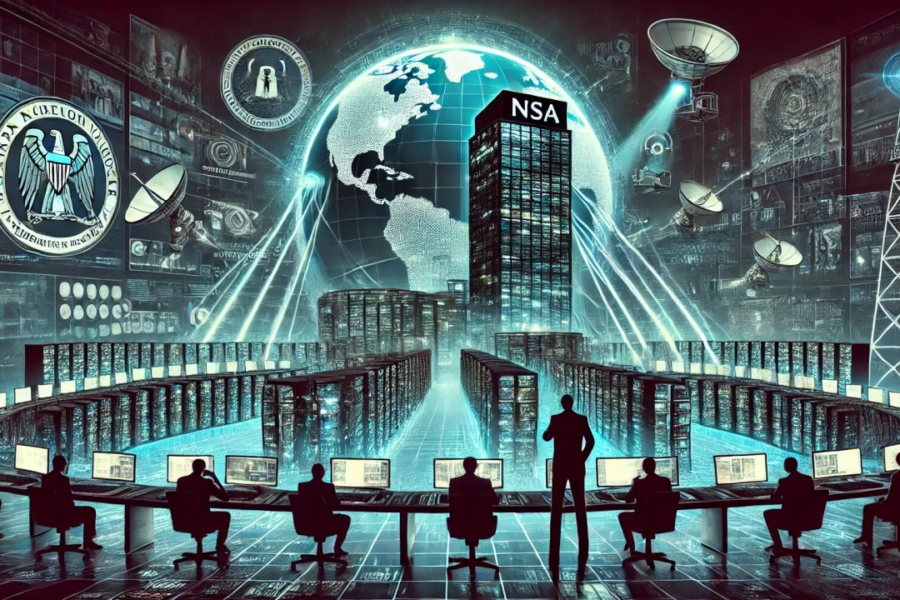Introduction
In today’s hyperconnected world, cyberspace has become a battleground where organizations, governments, and individuals are under constant threat. This digital battlefield is dynamic — threats evolve, attackers innovate, and defenses must continually adapt. To survive and thrive, cybersecurity strategy must mirror the principles found in Sun Tzu’s “The Art of War”: victory is not about brute strength but about strategy, intelligence, and agility.
INFOSEC (Information Security) is about protecting information systems from theft or damage. It’s more technical and focuses on:
- Confidentiality, Integrity, and Availability (the CIA triad)
- Security policies
- Risk management
- Cryptography
- Incident response
Where they connect:
Cyberlaw creates the rules and consequences for information security breaches. For example:
- If someone hacks a database, INFOSEC practices are what should have stopped it,
- Cyber law is what punishes the hacker and helps the victims seeks justice.
The CIA Triad stands for:
| Term | Meaning |
| C | Confidentiality |
| I | Integrity |
| A | Availability |
These three principles form the foundation of designing, implementing, and managing security systems.
- Confidentiality
Keeping information secret and private.
Confidentiality ensures that only authorized individuals have access to sensitive information.
Think of it like locking your diary or encrypting your emails.
- Integrity
Keeping information accurate and trustworthy.
Integrity means the information remains unaltered during storage, transmission, or processing, unless changed properly by authorized people.
- Availability
Keeping information accessible to authorized users when needed.
Availability means systems, applications, and data must be available when required — no downtime, no delays.
1. Strategic Planning: The First Line of Defense
“Victorious warriors win first and then go to war, while defeated warriors go to war first and then seek to win.” – Sun Tzu
Key aspects of INFOSEC in the digital battlefield:
In INFOSEC, proactive planning is crucial. Organizations must:
- Conduct risk assessments to identify critical assets and vulnerabilities.
- Develop incident response plans before attacks happen.
- Simulate scenarios with penetration testing and red teaming to anticipate enemy moves.
- Establish clear security policies aligned with business objectives.
Strategic foresight — rather than reactive behavior — determines resilience against evolving threats.
2. Knowing the Enemy: Threat Intelligence
“If you know the enemy and know yourself, you need not fear the result of a hundred battles.” – Sun Tzu
Modern cybersecurity demands a deep understanding of:
- Threat actors: Whether it’s nation-states, hacktivists, insider threats, or cybercriminal gangs.
- Tactics, Techniques, and Procedures (TTPs): How adversaries operate (e.g., phishing, malware, DDoS attacks).
- Emerging technologies: How new tools (AI, IoT, quantum computing) are being weaponized.
Utilizing threat intelligence platforms and sharing information with industry peers enhances preparedness and allows organizations to anticipate and neutralize attacks before they strike.
3. Agility and Adaptation: Surviving the Unpredictable
“Be extremely subtle, even to the point of formlessness. Be extremely mysterious, even to the point of soundlessness.” – Sun Tzu
The static fortress model of cybersecurity no longer works. Instead, agility is the hallmark of successful INFOSEC:
- Zero Trust Architecture: Never trust, always verify — constantly reevaluate access.
- Dynamic network segmentation: Minimize attack surfaces.
- Adaptive security models: Systems must learn and adjust based on real-time data.
- Cloud-native security: Rapid scalability and flexible defenses across hybrid environments.
Agility ensures that organizations can pivot tactics and counteract sophisticated, fast-moving threats.
4. Exploiting Vulnerabilities: Offensive and Defensive Moves
“Attack him where he is unprepared, appear where you are not expected.” – Sun Tzu
Defenders must not only build walls but actively seek out and exploit potential weaknesses — even within their own systems:
- Vulnerability scanning and ethical hacking are critical.
- Patch management must be aggressive and prioritized based on risk.
- AI and machine learning help uncover subtle vulnerabilities before attackers can.
In some cases, active defense strategies like honeypots and deception technologies are employed to mislead attackers and study their behaviors.
5. Tools of the Trade: AI and Automation
In the age of digital warfare, artificial intelligence is becoming a force multiplier:
- Threat detection and prediction: AI models can recognize anomalies and detect breaches faster than human analysts.
- Automated incident response: Reduces response time and limits damage.
- Behavioral analysis: Flags suspicious activities based on deviations from established patterns.
However, attackers also use AI, which means defenders must stay a step ahead by continuously evolving their algorithms and strategies.
6. Building a Culture of Vigilance
“The greatest victory is that which requires no battle.” – Sun Tzu
Even the most sophisticated security tools can fail without a security-conscious workforce. Human error remains a top cause of breaches.
Organizations must:
- Foster continuous cybersecurity awareness training.
- Promote reporting cultures where suspicious activities are quickly escalated.
- Encourage responsibility at all levels, from executives to new employees.
- Integrate cybersecurity into corporate governance and ethics.
An empowered, vigilant workforce can prevent many attacks before they escalate into crises.
Conclusion: INFOSEC as a Living Strategy
In the end, INFOSEC is not a one-time project or a checklist — it is a living, evolving strategy. Drawing from Sun Tzu’s wisdom, successful cybersecurity is a matter of anticipation, preparation, and adaptability. Organizations must remain flexible, embrace innovation, understand their adversaries, and foster resilience across all layers of the enterprise.
Victory in the digital battlefield belongs not to those who are the strongest, but to those who are the smartest.
Contributed By : Arzoo Kala ( Intern )

